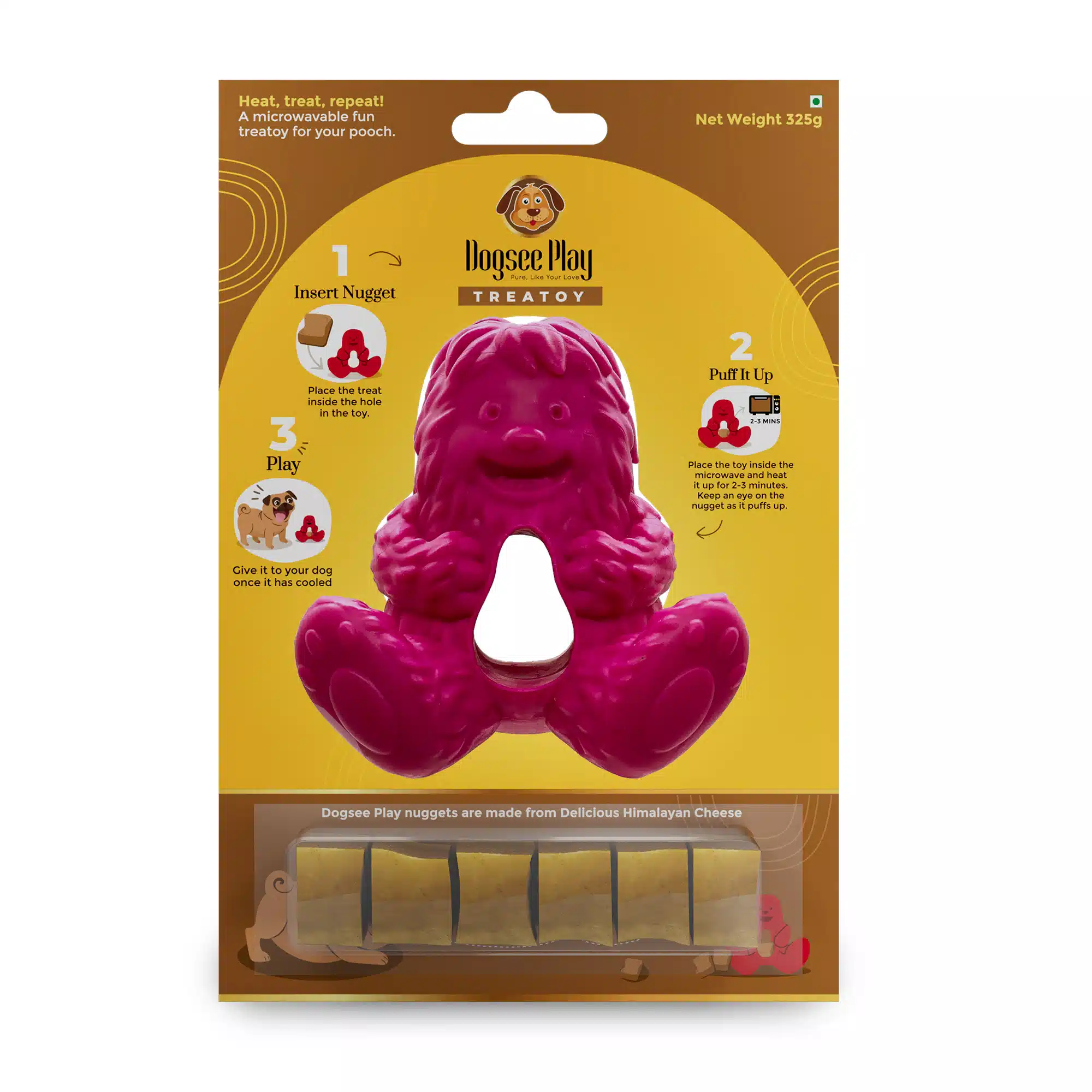
Dogs are naturally active creatures, and regular exercise plays a crucial role in keeping them happy, healthy, and well-behaved. Whether you have a small lap dog or a large working breed, understanding their exercise needs is essential for their overall well-being. But how much exercise does your dog really need? Is a short walk enough, or should they be engaged in more vigorous activities?
Every dog is unique, and their exercise requirements depend on factors such as age, breed, size, and overall health. While some dogs are content with a stroll around the block, others need intense play sessions to burn off their energy. In this blog, we will explore why exercise for dogs is essential, how much activity different types of dogs require, and the best exercises to keep your furry friend in top shape.
Why Is Exercise Important for Your Dog?

Exercise is not just about keeping your dog physically fit—it also plays a vital role in their mental well-being. A well-exercised dog is less likely to develop behavioral problems such as excessive barking, chewing, or anxiety-related issues. Here’s why exercise is crucial for dogs:
Helps maintain a Healthy Weight – Just like humans, dogs can gain weight if they don’t get enough exercise. Keeping them active helps prevent obesity, which can otherwise lead to serious health issues like diabetes and joint problems.
Improves Joint and Muscle Health – Exercise strengthens muscles, improves flexibility, and keeps joints healthy, reducing the risk of arthritis and other mobility issues.
Boosts Mental Stimulation – Dogs need mental challenges just as much as physical ones. Activities like fetch, agility training, and interactive play keep their minds sharp and prevent boredom. Ensuring daily exercise for dogs that engages both their body and mind will keep them happy, active, and well-balanced.
Strengthens the Bond with Pet Parents – Exercising together helps build a strong bond between you and your dog, reinforcing trust and companionship.
Reduces Anxiety and Destructive Behavior – Dogs that don’t get enough exercise may develop anxiety, leading to destructive behaviors such as chewing furniture or digging holes in the yard.
Now that we understand why exercise is crucial, let’s find out how much activity your dog actually needs.
How Much Exercise Does Your Dog Need?

The amount of exercise your dog needs depends on various factors, including breed, age, size, and health conditions.
1. Breed-Specific Exercise Needs
High-energy breeds (Border Collies, Huskies, Labrador Retrievers) require at least 1.5 to 2 hours of exercise daily. These dogs are bred for work and have high stamina.
Moderate-energy breeds (Bulldogs, Cocker Spaniels, Beagles) need around 45 minutes to 1 hour of exercise per day. They enjoy playtime but do not require excessive activity.
Low-energy breeds (Pugs, Shih Tzus, Basset Hounds) need around 30 minutes of light activity daily, such as short walks and gentle play.
2. Age-Based Exercise Needs
Puppies: Have bursts of energy but also need rest. Short, frequent play sessions of 10–15 minutes several times a day are ideal.
Adult Dogs: Require structured exercise based on their breed and energy levels.
Senior Dogs: Slower walks and gentle play keep them mobile without straining their joints. Around 30 minutes of daily activity is recommended.
3. Size and Health Considerations
Smaller dogs have shorter legs and may tire out faster, but they still need daily exercise to stay fit.
Larger breeds often require more intense workouts to burn excess energy.
Dogs with health issues such as arthritis or heart conditions need low-impact activities like swimming to stay active without putting stress on their joints.
Knowing the right amount of exercise for dogs helps ensure they get just the right balance of activity to stay healthy and happy.
What Kind of Exercises Can Dogs Do?

Dogs love variety, and their exercise routine should include different activities to keep them engaged. Here are some types of exercises you can introduce to your pup:
Walking and Hiking – Daily walks are essential for all dogs, providing both physical exercise and an opportunity to explore their surroundings. Hiking is a great option for active dogs who enjoy the outdoors.
Running and Jogging – High-energy breeds benefit from running alongside their owners. It helps burn excess energy and strengthens muscles.
Fetch and Tug-of-War – These games not only exercise their bodies but also keep the dogs mentally stimulated.
Swimming – A great low-impact workout, especially for older dogs or those with joint problems.
Agility Training – Setting up obstacle courses or using agility equipment helps improve coordination and focus.
Interactive Toys and Puzzles – Mental stimulation is just as important as physical exercise. Treat-dispensing toys, like Dogsee Treatoy, can make playtime more engaging while also promoting healthy chewing habits.
Obedience Training – Training sessions reinforce good behavior while keeping them mentally active.
By mixing up these activities, you can create a well-rounded exercise routine for your dog.
3 Best Exercises for Dogs to Stay Healthy

While all exercises are beneficial, some are particularly great for keeping your dog in top shape. Here are the three best exercises that every dog can enjoy:
Fetch with a Twist
Fetch is a fantastic way to engage your dog physically and mentally. To make it more challenging, try using different objects like balls, frisbees, or even their favorite Dogsee toy. This variation keeps them excited and provides a full-body workout.
Obstacle Course Training
Set up a DIY agility course in your backyard with tunnels, jumps, and weave poles. This activity improves coordination, obedience, and confidence while giving them a solid workout.
Swimming Sessions
If your dog enjoys water, swimming is one of the best low-impact exercises. It strengthens muscles without putting pressure on joints, making it an excellent choice for senior dogs or those recovering from injuries.
Incorporating these activities into your dog’s routine will keep them fit, entertained, and mentally sharp.
Conclusion
Regardless of breed, age, or size, regular exercise for dogs is a must for them to stay healthy and happy. Physical activity prevents obesity, strengthens muscles, reduces anxiety, and enhances the bond between you and your pet. The right type and amount of exercise depends on your dog’s energy level, health conditions, and individual preferences.
From daily walks to interactive play and structured workouts, there are plenty of ways to keep your furry friend active. Understanding their exercise needs and ensuring they get the right amount of physical and mental stimulation will lead to a healthier, more fulfilling life for your beloved companion.
So, the next time you grab your dog’s leash, remember—you’re not just going for a walk. You’re contributing to their overall well-being, happiness, and longevity!
Frequently Asked Questions (FAQs):
1. How much exercise does my dog need daily?
Answer: The amount of exercise depends on the breed, age, and energy level of your dog. While some dogs need 30-60 minutes, high-energy breeds may require up to 2 hours of activity daily.
2. What happens if my dog doesn’t get enough exercise?
Answer: Lack of exercise can lead to obesity, behavioral issues, anxiety, and health problems like joint stiffness and cardiovascular disease.
3. Can I over-exercise my dog?
Answer: Yes, too much exercise can strain their joints and lead to exhaustion or injuries, especially in puppies, senior dogs, and brachycephalic breeds (dogs that have a flat face and shorter nose like pugs and bulldogs).
4. What are the best types of exercise for dogs?
Answer: Activities like walking, running, fetch, agility training, swimming, and interactive toys help keep dogs physically and mentally engaged.
5. Are walks enough exercise for my dog?
Answer: While walks are essential, high-energy breeds need additional activities like playtime, agility, or interactive games to burn off excess energy.
 HELPFUL0 people found it helpful
HELPFUL0 people found it helpful
Related Blogs
Subscribe to Our Blogs
and never miss on the latest update!





















